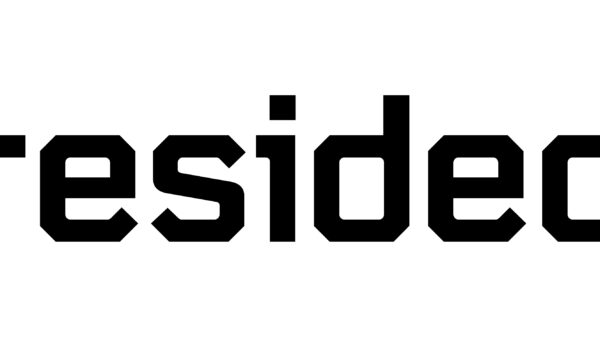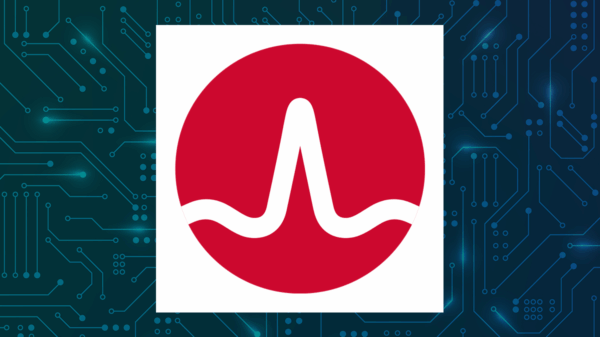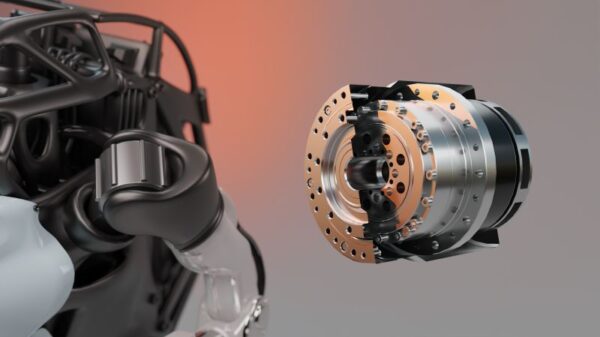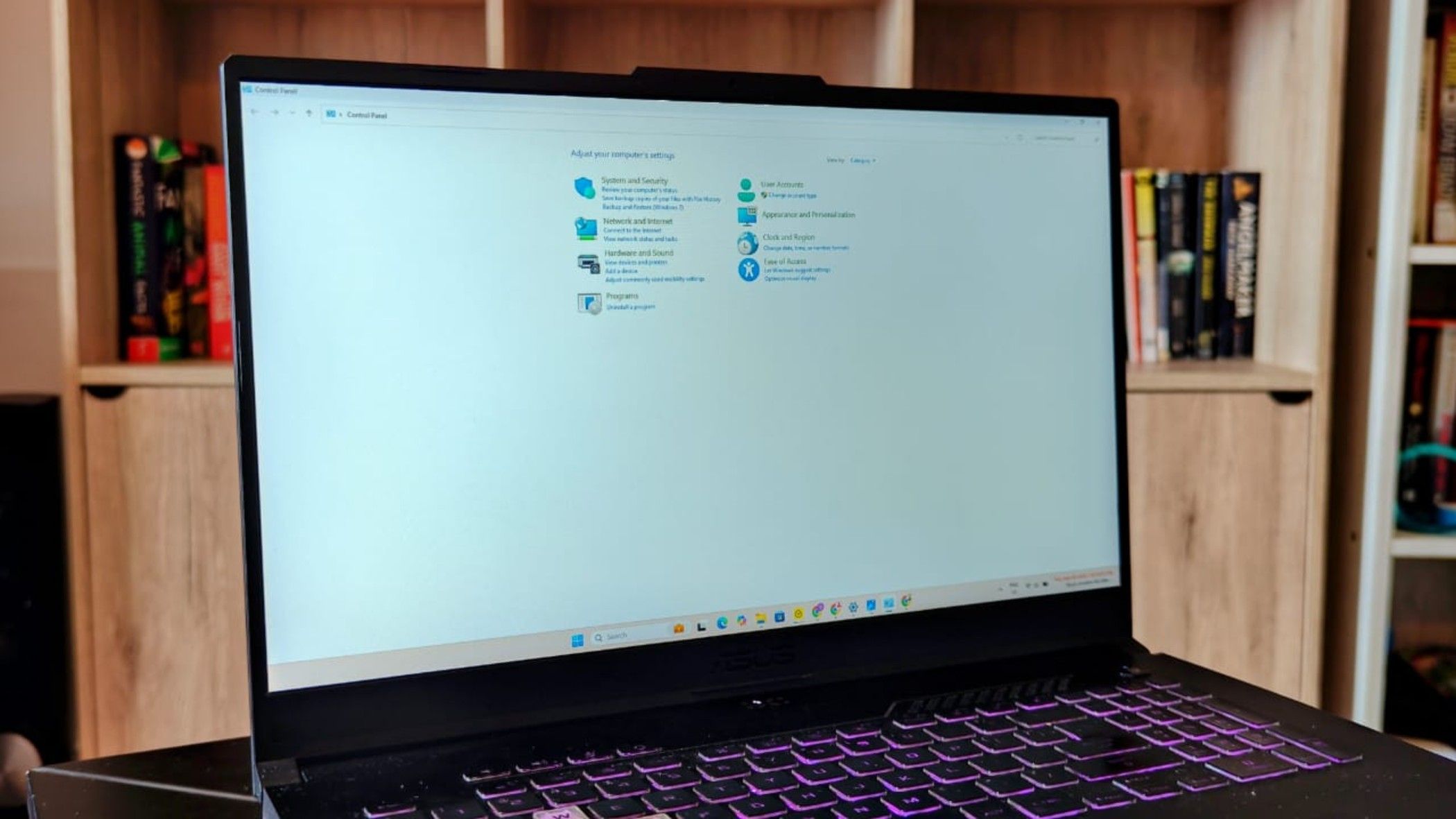UPDATE: Microsoft is encountering growing criticism as the tech giant continues its plans to phase out the Control Panel in favor of the Settings app. This transition, which has been underway for nearly a decade, is raising concerns among users who find the Control Panel indispensable for managing their Windows systems.
Over the last few years, Microsoft has steadily migrated essential functionalities from the Control Panel to the Settings app. While the intention behind this shift is to create a more user-friendly interface, many users argue that the Control Panel remains a superior, centralized solution for system management. Experts suggest that the Settings app, particularly in its current state, struggles to match the reliability and simplicity of the Control Panel.
The Control Panel has been a staple of Windows since the release of Windows 95, allowing users to configure everything from network settings to user accounts. Critics point out that the Settings app, redesigned in Windows 11, often feels cluttered and overwhelming. Users accustomed to the straightforward navigation of the Control Panel are finding the transition frustrating.
“Why fix something that isn’t broken?” one frustrated user stated. Many are asking why Microsoft is removing a tool that has reliably served its purpose for decades.
Microsoft’s push for the Settings app is purportedly aimed at modernizing the user experience. The company has focused on making it more touch-friendly, which is beneficial for users of 2-in-1 laptops. The cleaner visuals and well-spaced icons may appeal to newer users, but power users are voicing their discontent. The Control Panel remains a fan-favorite for its speed and efficiency, handling tasks like uninstalling programs and managing sound settings faster than the Settings app.
Despite the backlash, Microsoft insists that the transition to Settings is a step towards a unified platform. However, many argue that it’s premature to phase out the Control Panel, especially when essential functions remain unaddressed. Current estimates suggest that it could take an additional 5–7 years before the transition is fully realized, leaving many users caught in a frustrating limbo.
While Microsoft aims for a streamlined interface, they face the challenge of meeting the diverse needs of their user base. As the tech landscape evolves, the Control Panel still proves to be an efficient, resource-friendly tool that many users rely on daily. In a world where speed and performance are crucial, the Control Panel continues to lead the way.
Microsoft has not confirmed when the Control Panel will be fully deprecated. For now, users can take solace in the fact that the Control Panel is unlikely to disappear in the immediate future. As the tech community watches closely, the debate over the future of Windows management tools is heating up. Users are encouraged to stay informed and voice their opinions as Microsoft navigates this significant shift.
As the situation develops, many are left contemplating whether the Settings app can truly replace the Control Panel or if Microsoft needs to reconsider its strategy. The conversation is just beginning, and it’s clear that for now, the Control Panel remains a critical utility for millions of Windows users worldwide.





































































